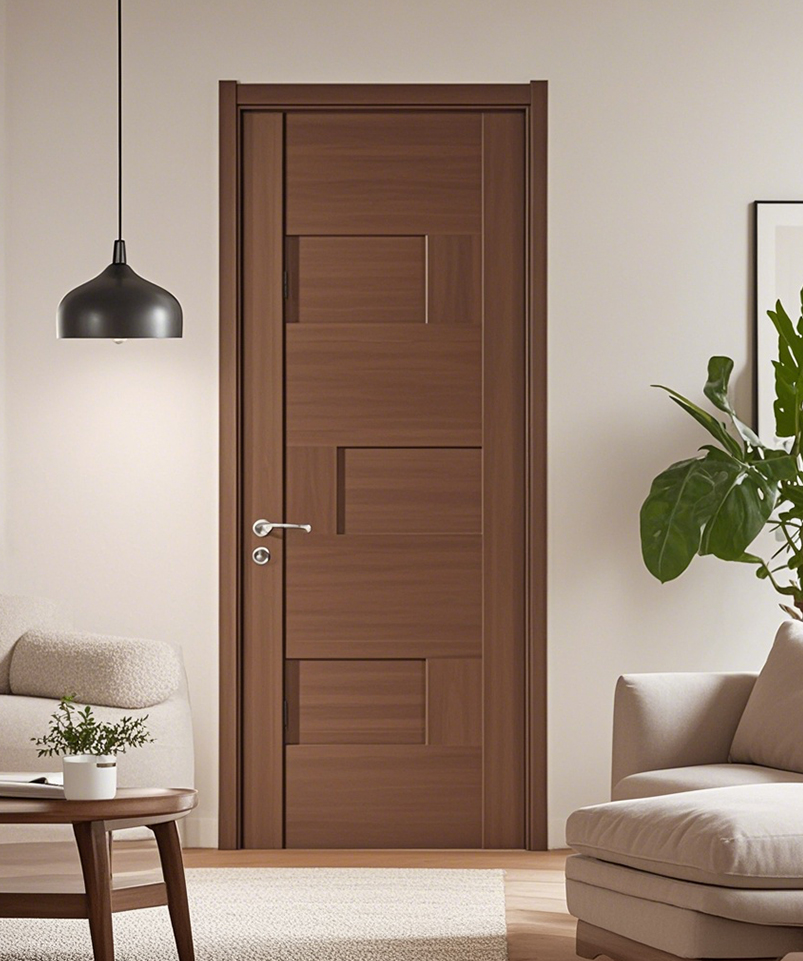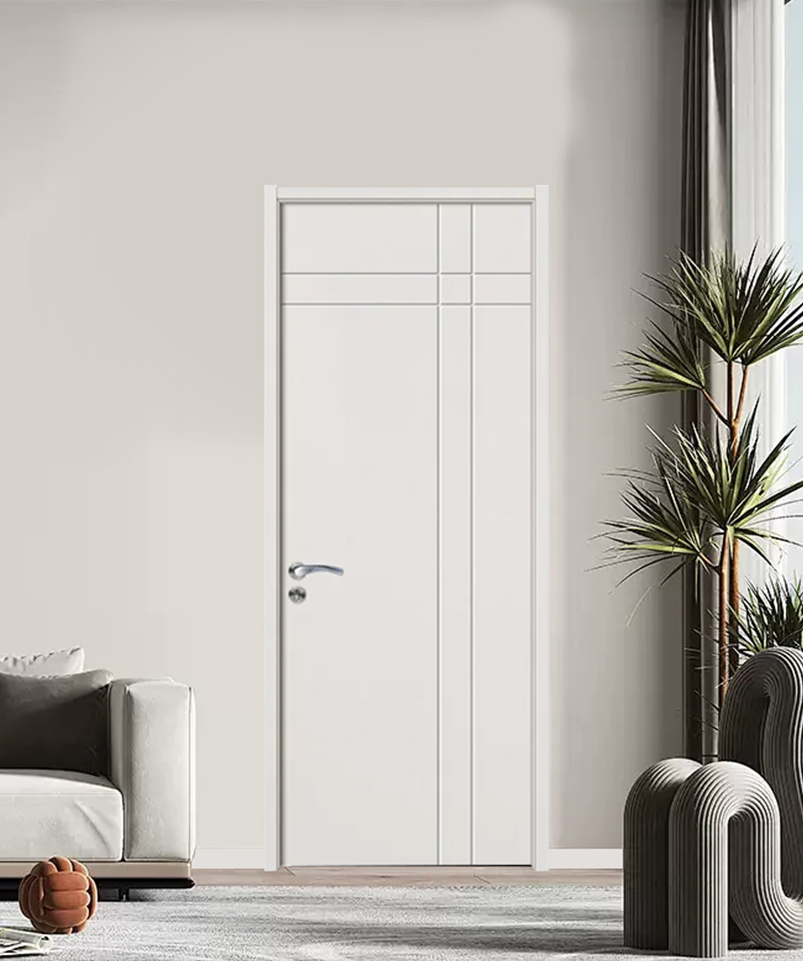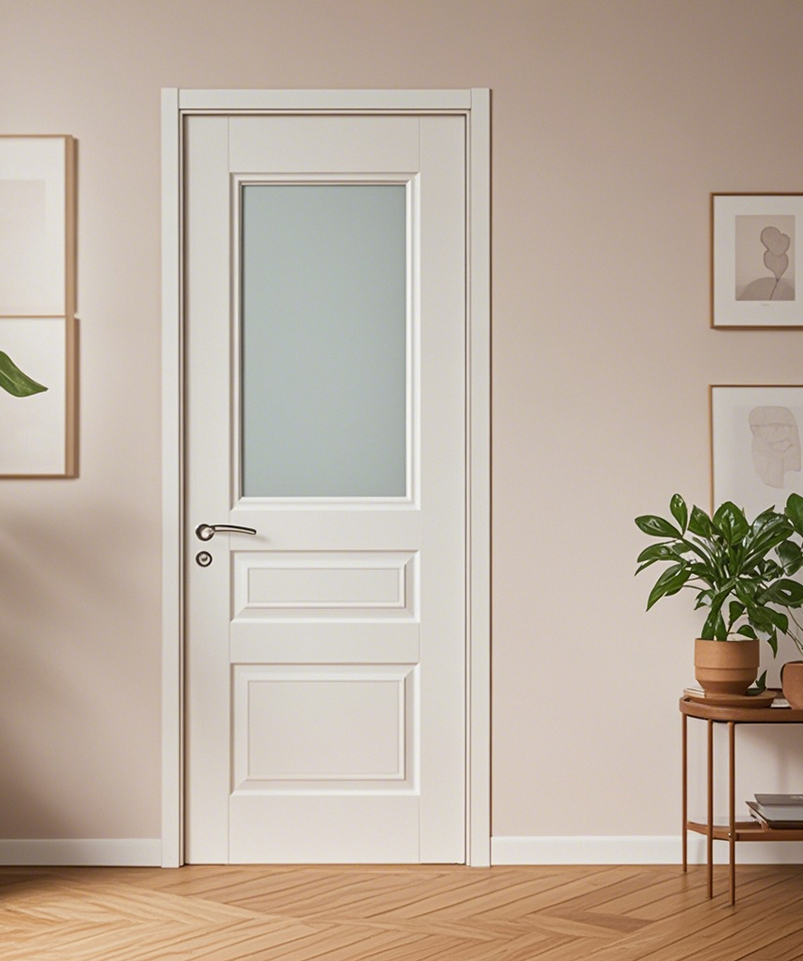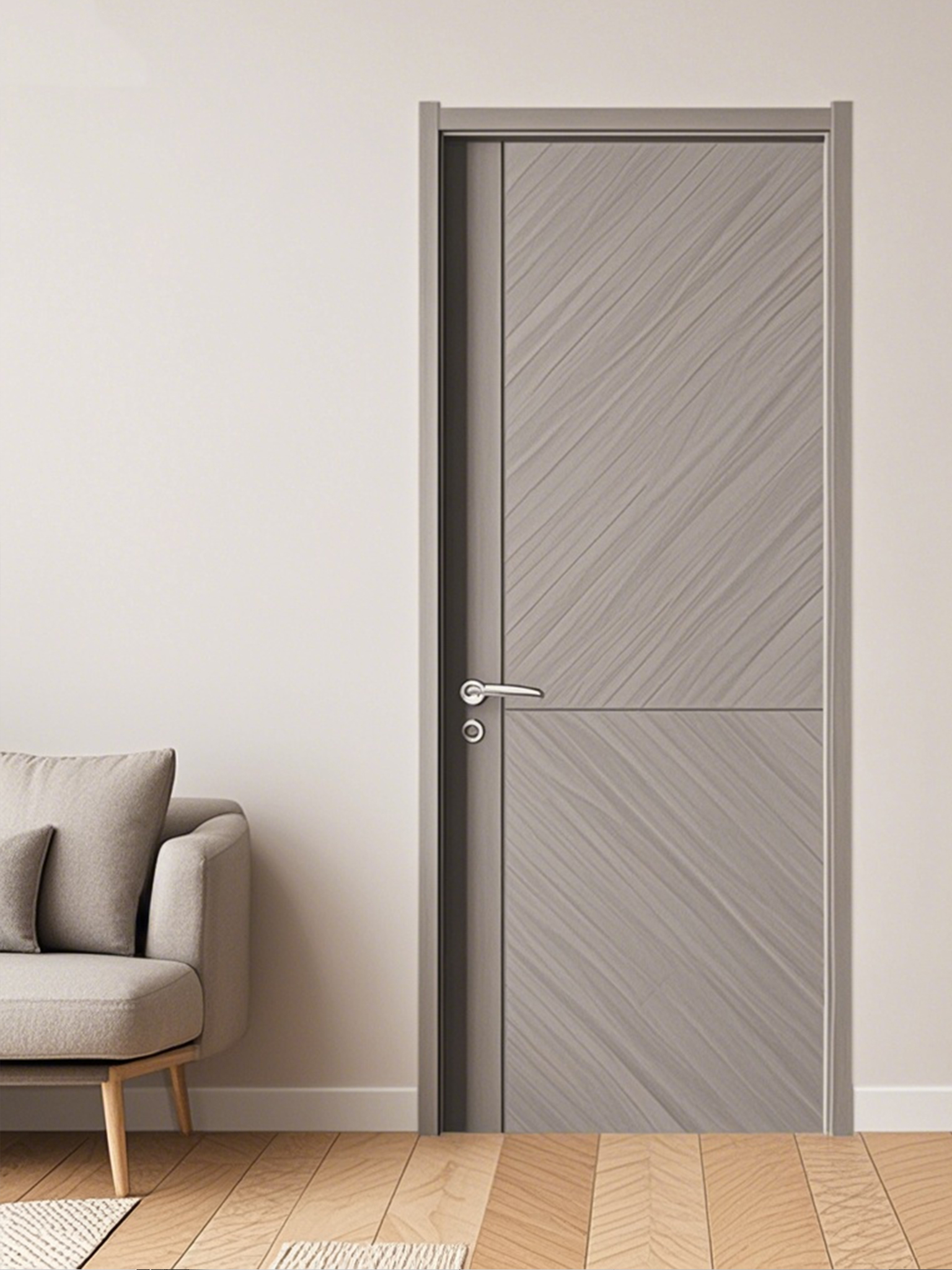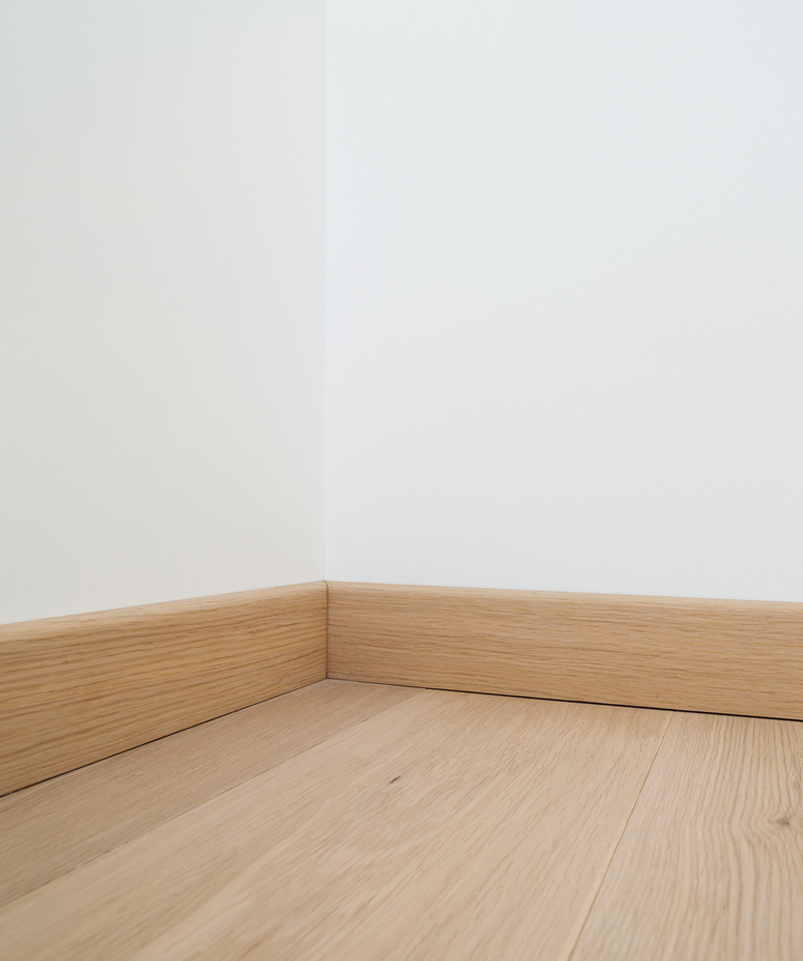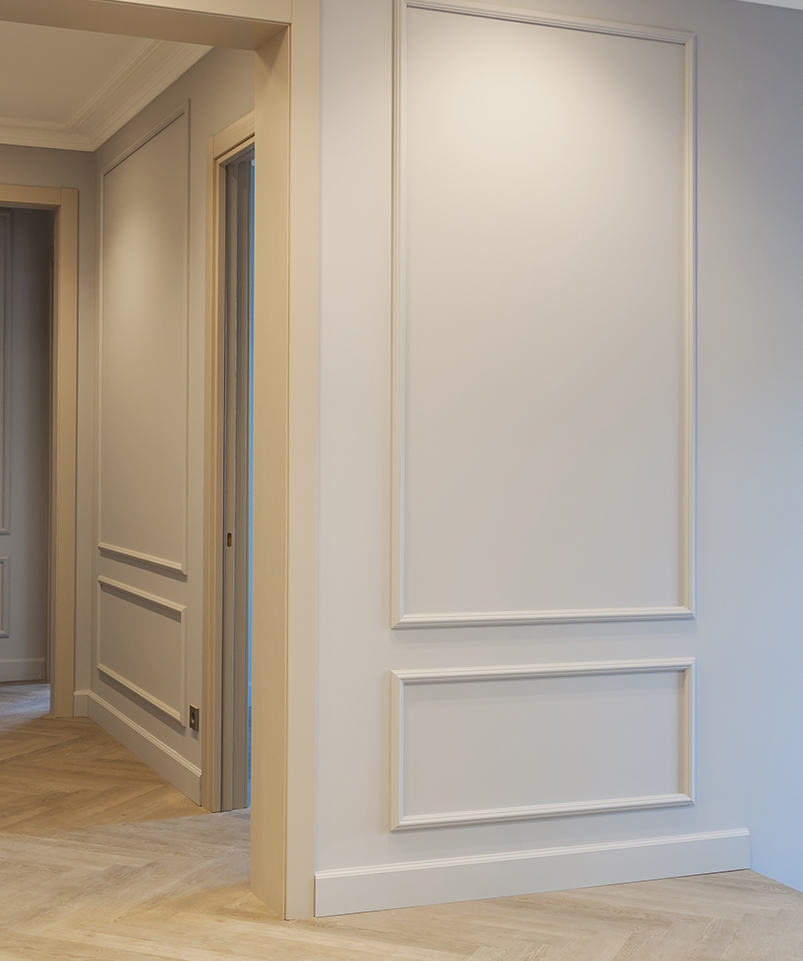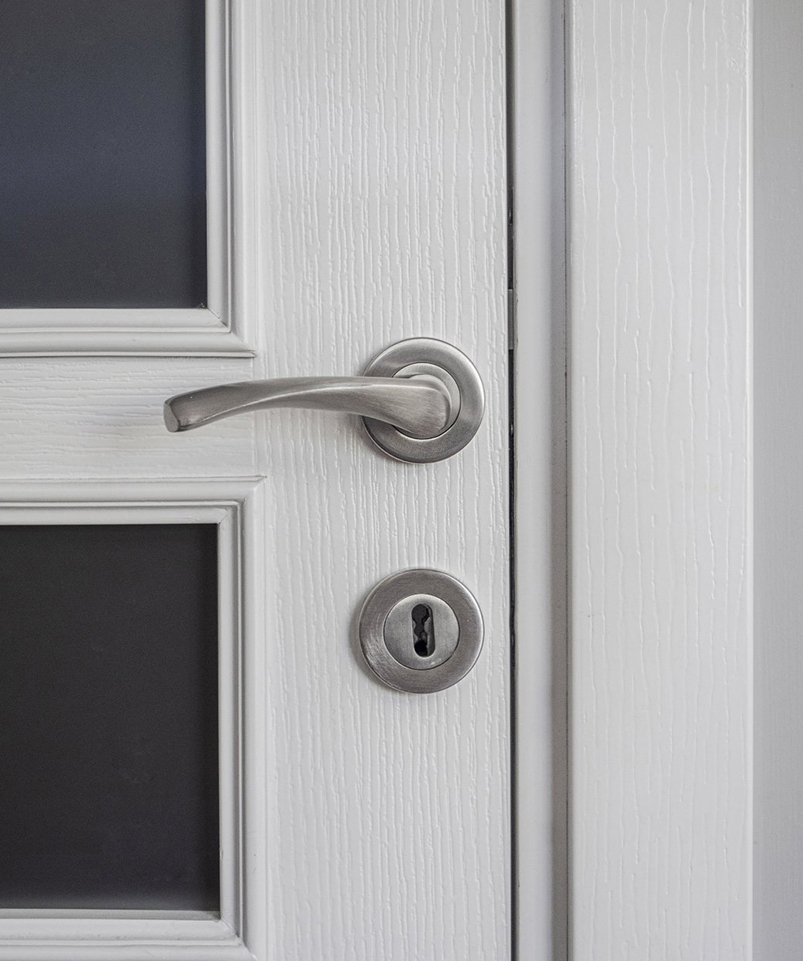Melamine Door Warping: How to Fix It?
Spot the Sag Before It Gets Worse
A Melamine Door seldom snaps; it sags. Stand on the hinge side and close the door slowly—if the gap between the stile and jamb widens from 2 mm at the top to 5 mm at the bottom, the carcass is yielding. Shine a flashlight from the opposite side; a crescent of light that climbs toward the lock block confirms downward twist. Mark the high spot with painter’s tape: that is where the repair battle starts.
Dowel Rescue for Stripped Screws
Once melamine chips away, Euro-hinge screws spin uselessly in crumbly MDF. Drill out the old hole at 8 mm, inject two-part woodworking epoxy, and tap in a fluted dowel until flush. After forty-five minutes, re-drill a 3 mm pilot and drive the screw. The new hardwood fiber gives 80 % more bite, restoring factory clamp force without visible patches on the face.
Shim & Re-level in Minutes
If the door is true but the jamb has settled, loosen the mounting plate screws and slide color-matched plastic hinge shims behind the cup. One shim equals roughly 1 ° of rotation; stack two on the bottom hinge to lift the lock side 3–4 mm. Tighten, test, and admire—no removal of architrave or caulk line disturbed.
Edge Band CPR for Delaminated Sides
Steam from kettles creeps under iron-on edge banding, bubbling the melamine film. Slice the blister with a sharp utility knife, inject yellow glue, and clamp for an hour. When the edge is missing entirely, bond on 1 mm PVC banding with a household clothes iron set to “cotton.” Trim flush using a dedicated edge-band cutter, then soften the corner with 320-grit paper for a seamless, factory-born look.
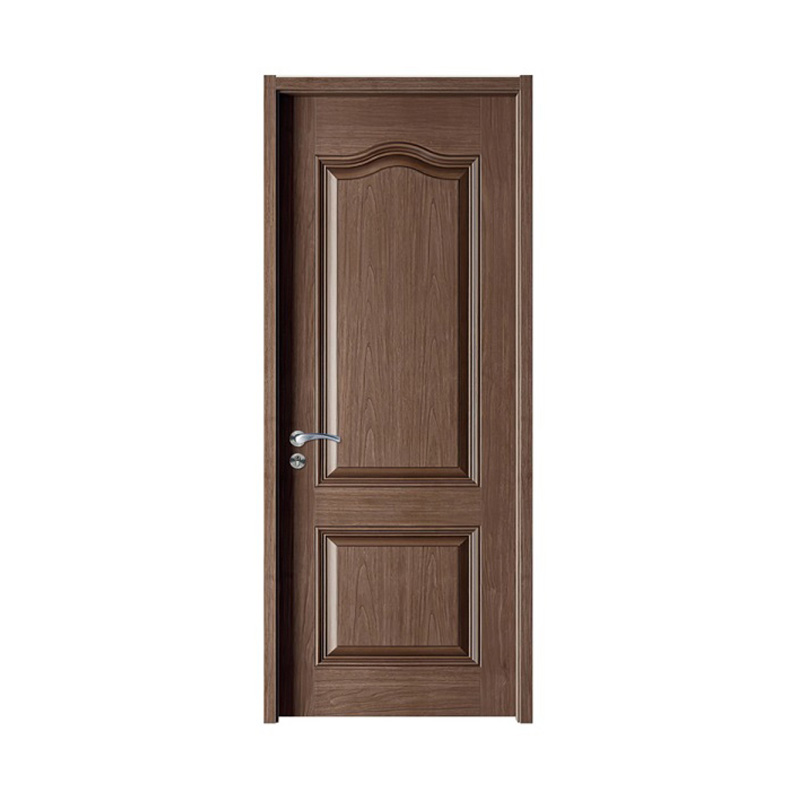
Moisture Defense That Prevents Future Bowing
Warping starts where water finishes. Seal the bottom rail with two coats of clear acrylic sealer, then screw on a 10 mm PVC drip-edge that projects 5 mm beyond the face. Run a bead of bathroom-grade silicone along the lower jamb, closing the joint between tile and frame. These two details drop ambient moisture uptake by 60 %, the cheap insurance against next-season twist.
Why Start With a Better Door?
Even good repairs cannot compensate for a lightweight chipboard core. If you are fitting a new kitchen or refurbishing a rental, begin with a door engineered to stay flat. Zhejiang Optima Door Industry Co., Ltd. machines its Melamine Door on 45 mm thick, moisture-balanced MDF, bonds it with 200 °C German press plates, and seals all six edges—top, bottom, and lock block included. The result is a warp-resistant, screw-holding panel that shrugs off steam, knocks, and daily family chaos.
Ready to skip the fixes and go straight to reliability?
Explore the full range here: https://www.mdf-door.com/product/melamine-door/

 English
English русский
русский عربى
عربى